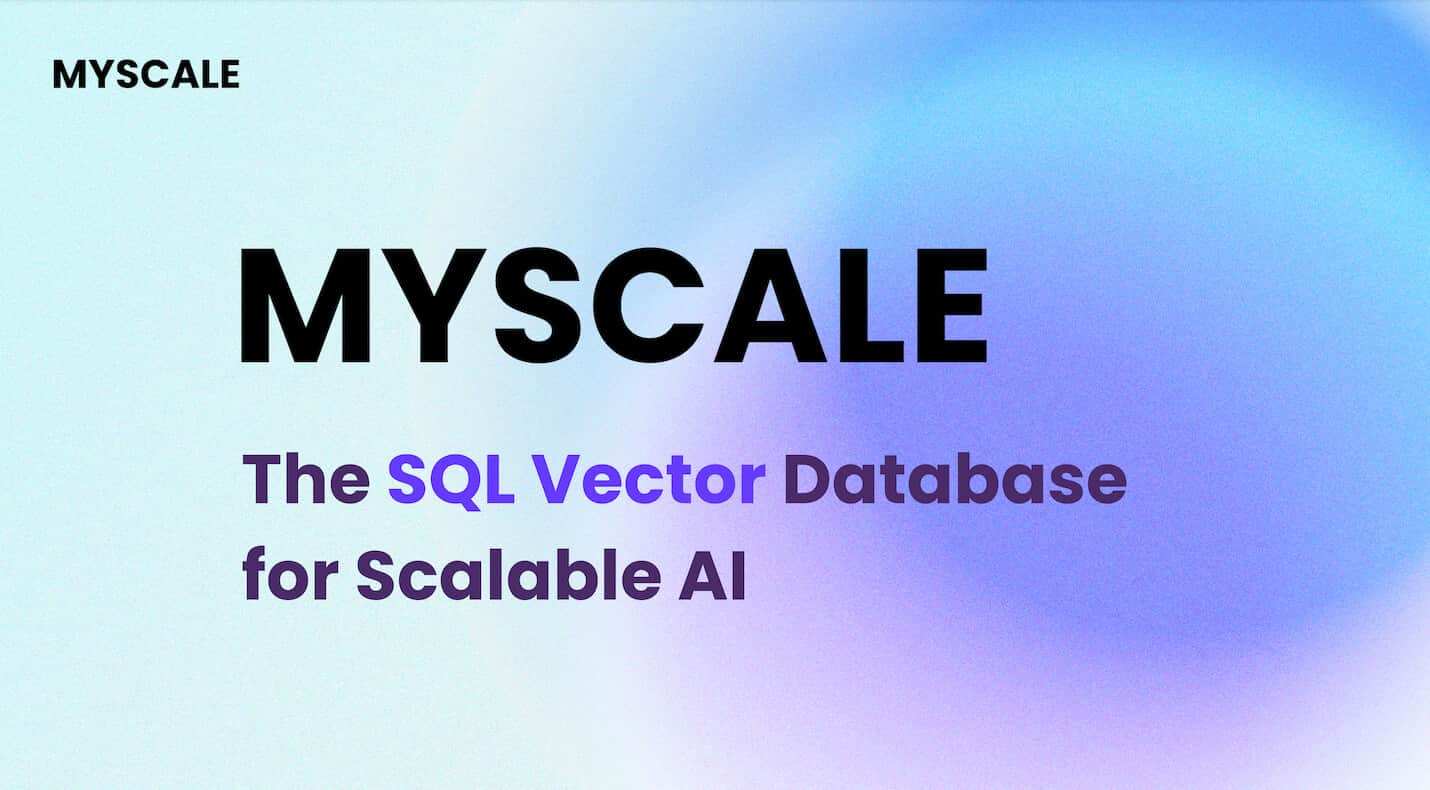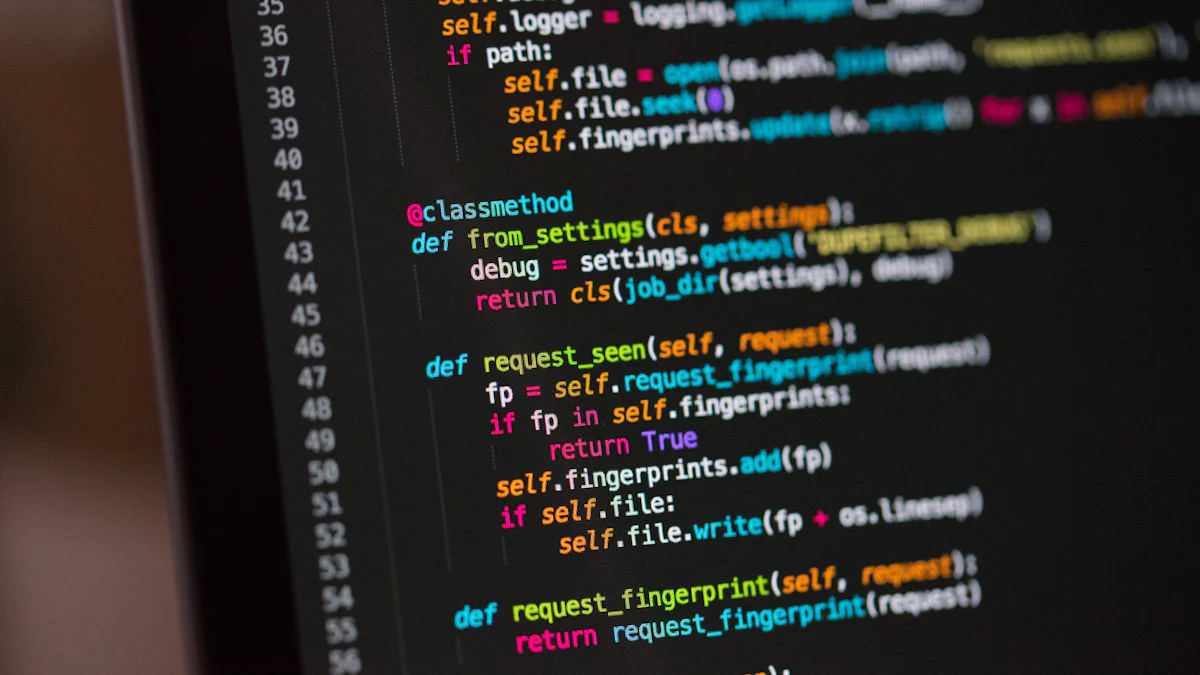# Exploring the Basics of the CLIP Model (opens new window)
In delving into the realm of artificial intelligence, one encounters a revolutionary concept known as the CLIP Model. This innovative framework combines elements from the Vision Transformer (VIT) (opens new window), creating a robust system for processing images and text. Its ability to generate embeddings in a shared semantic space marks a significant advancement in AI capabilities.
The significance of the CLIP Model within the AI landscape cannot be overstated. It represents a paradigm shift in how machines comprehend and interpret visual and textual information. By bridging the gap between images and text, CLIP opens doors to enhanced performance across various datasets, surpassing previous methods like Visual N-Grams (opens new window).
The evolution of the CLIP Model traces back from its conceptualization to full-fledged implementation. Key milestones along this journey highlight breakthroughs in image-text relationships and contextual embeddings generation. These milestones underscore the model's adaptability to new datasets and tasks (opens new window), showcasing its versatility and potential for further growth.
# How the CLIP Model Works
In comprehending the CLIP Model's functionality, it is essential to delve into its inner mechanisms. The model operates through a sophisticated interplay of image and text encoders (opens new window), each playing a crucial role in processing and understanding multimodal data. The image encoder analyzes visual inputs, extracting features that are then aligned with textual data by the text encoder to create a cohesive representation in a shared embedding space.
The multimodal embedding space serves as the cornerstone of the CLIP Model's operation. By jointly training the image and text encoders, CLIP establishes a unified space where images and corresponding texts are closely linked. This approach enables the model to discern intricate relationships between different modalities, enhancing its ability to interpret diverse datasets effectively.
Training the CLIP Model involves learning from pairs of (image, text) data points, where the model predicts matches within these pairings. Challenges arise during training, particularly when scaling down to limited computation budgets. To address this, researchers have explored various strategies related to data augmentation (opens new window), architectural modifications, and optimization techniques (opens new window) to improve performance under constrained resources.
The core implementation of CLIP focuses on predicting potential matches within batches of (image, text) pairs through a multi-modal embedding space (opens new window). This design choice underscores the model's adaptability across different tasks and datasets, showcasing its versatility in handling diverse information sources effectively.
In essence, the CLIP Model revolutionizes AI by bridging image-text understanding through innovative embedding techniques (opens new window) that pave the way for enhanced multimodal learning (opens new window) capabilities.
# Real-World Applications of the CLIP Model
As the CLIP Model continues to make waves in the realm of artificial intelligence, its practical applications in everyday technology are becoming increasingly evident. One significant area where CLIP excels is in enhancing image recognition systems. By associating images with natural language descriptions (opens new window), CLIP enables more versatile and flexible image retrieval systems. Users can now search for images using textual queries, leading to enhanced image classification and retrieval capabilities.
Another pivotal application of the CLIP Model lies in improving content moderation on social media platforms. With the rise of user-generated content, maintaining a safe and appropriate online environment has become paramount. CLIP's ability to analyze images and text together allows for more effective identification and filtering of inappropriate or harmful content. This not only streamlines the moderation process but also enhances user experience by promoting a safer online community.
Looking towards the future of the CLIP Model, there are vast potential areas for application waiting to be explored. From indexing photos and generating portraits to playing online games (opens new window) and improving NSFW filters, CLIP's versatility opens doors to innovative solutions across various domains. However, like any evolving technology, there are also limitations and areas for improvement that researchers are actively addressing. These include scalability issues when dealing with massive datasets and enhancing interpretability for better model understanding.
In essence, the CLIP Model stands at the forefront of revolutionizing how AI systems interact with multimodal data (opens new window), offering a glimpse into a future where seamless integration of images and text drives innovation across diverse fields.
# Final Thoughts on the CLIP Model
# Summarizing the Impact of the CLIP Model
In reflecting on the profound impact of the CLIP Model, it becomes evident that its innovative approach to multimodal learning has reshaped the landscape of artificial intelligence. By seamlessly integrating image and text understanding, CLIP transcends traditional boundaries, offering a versatile framework for various applications.
# A Recap of Key Points
Robustness: The CLIP Model exhibits superior robustness to task shifts (opens new window) compared to models pre-trained solely on ImageNet.
Zero-Shot Performance: Notably, CLIP performs exceptionally well as (opens new window) a zero-shot image classifier without specific dataset training.
Generalizability: Its ability to generalize across diverse datasets (opens new window) sets it apart from models trained solely on ImageNet.
# The Future Outlook for CLIP and AI
The future trajectory of the CLIP Model hints at continued advancements in multimodal learning and AI integration. As research explores new frontiers in zero-shot learning (opens new window) and cross-modal understanding, CLIP's influence is poised to expand further, driving innovation across industries.
# Encouraging Further Exploration
For those eager to delve deeper into the realm of multimodal learning and AI advancements, there are valuable resources available for continued exploration:
# Resources for Learning More
Dive into research papers exploring the nuances of multimodal embeddings and cross-modal understanding.
Engage with online communities focused on AI developments to stay updated on the latest trends and breakthroughs.
Participate in workshops or seminars dedicated to multimodal learning to gain practical insights from experts in the field.
# The Importance of Staying Informed in AI Developments
Staying informed about evolving AI technologies is crucial in navigating the dynamic landscape of artificial intelligence. By remaining abreast of emerging trends and methodologies like those exemplified by the CLIP Model, individuals can actively contribute to shaping the future trajectory of AI innovation.




